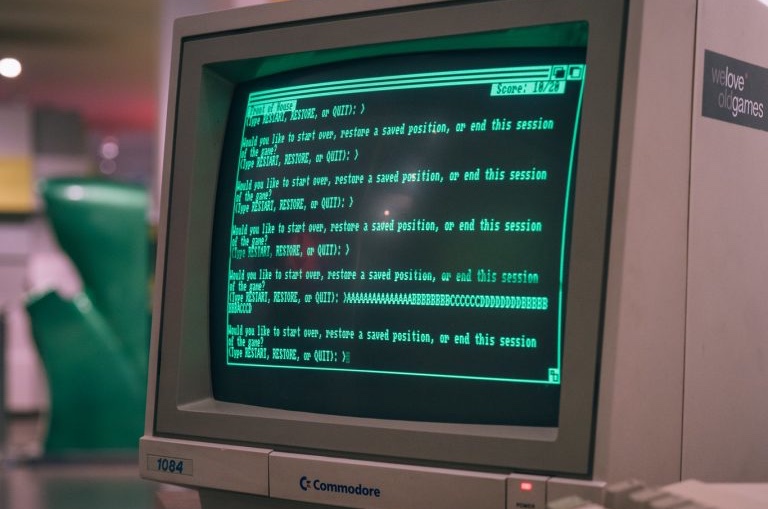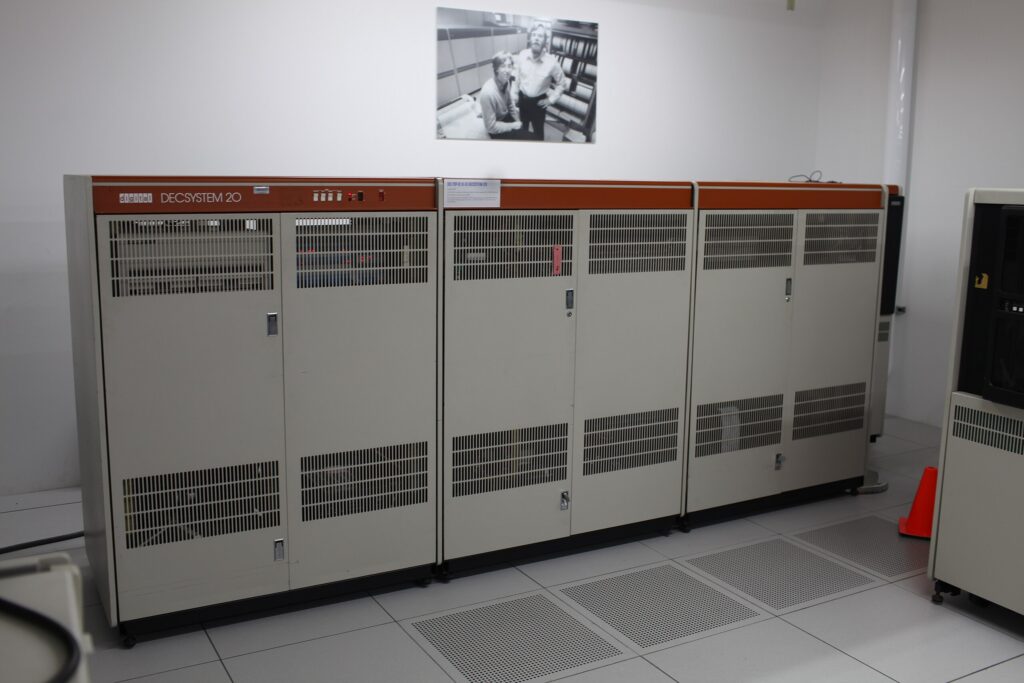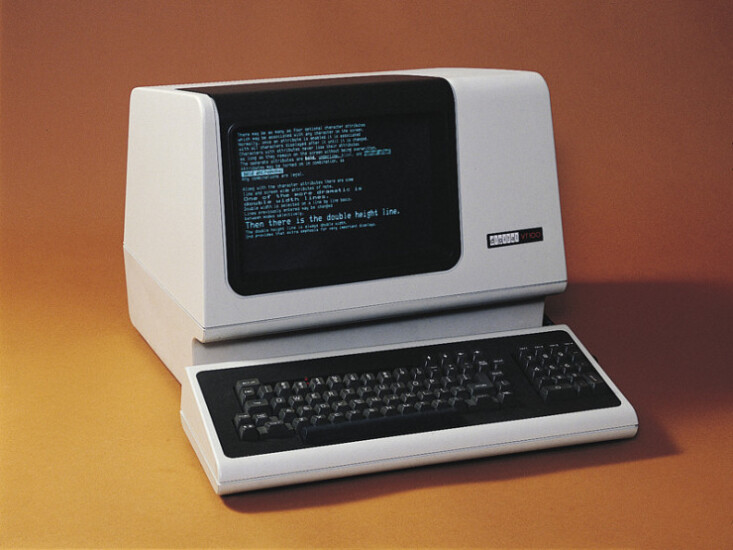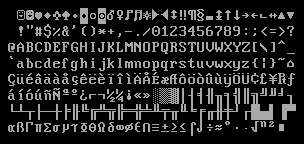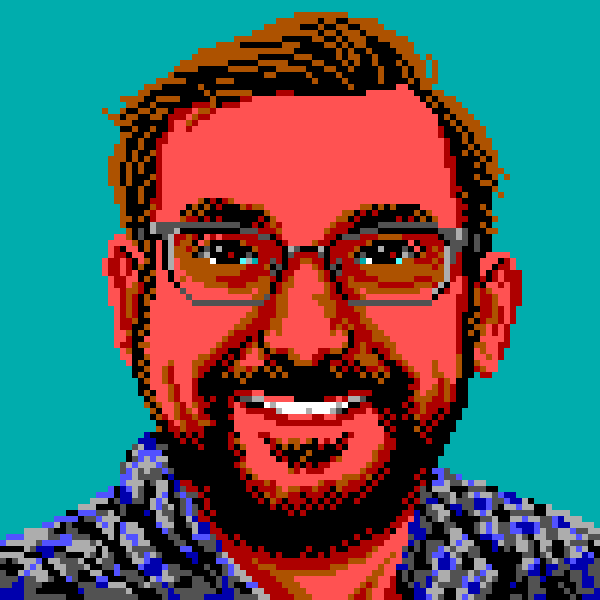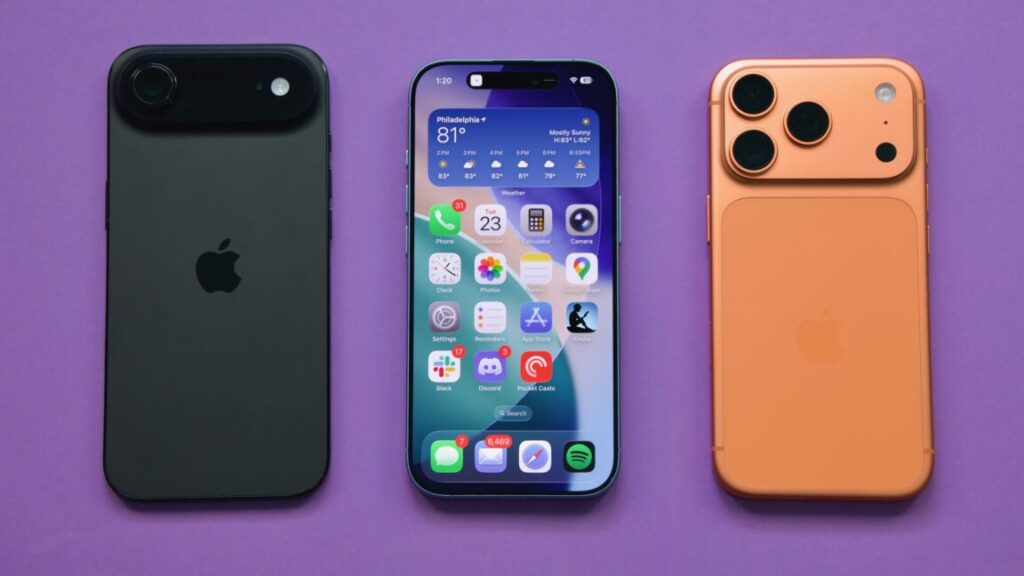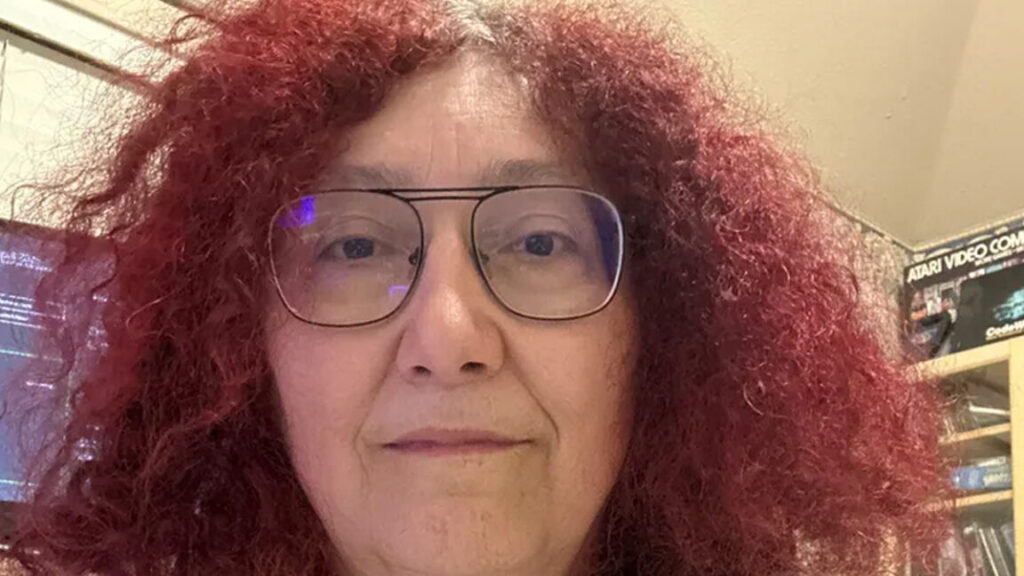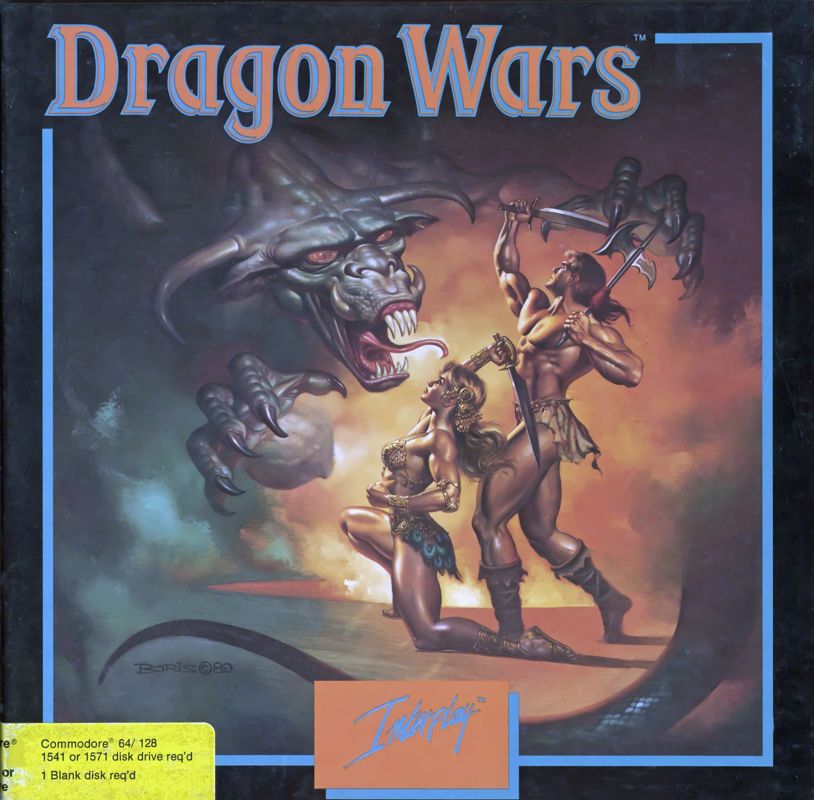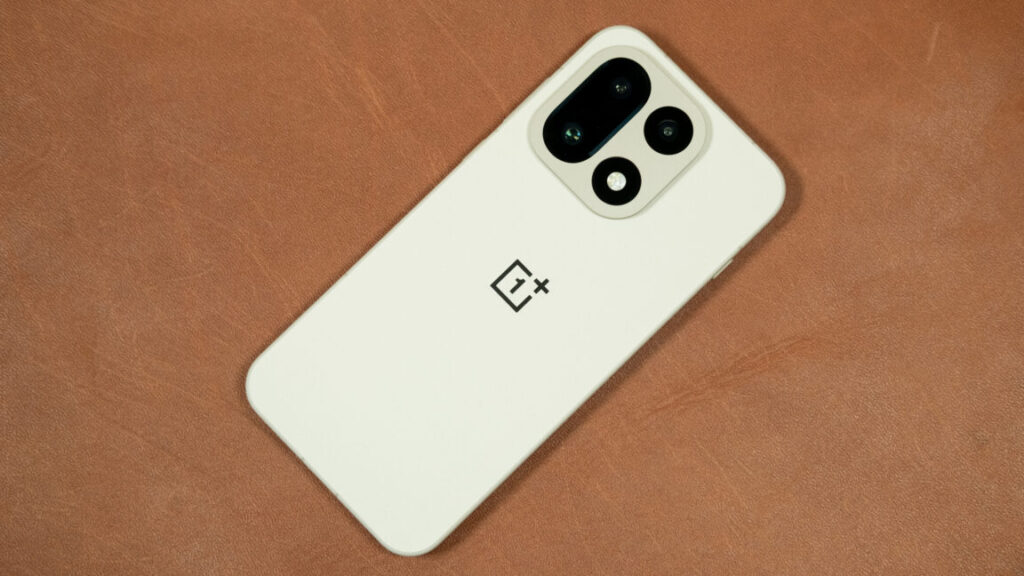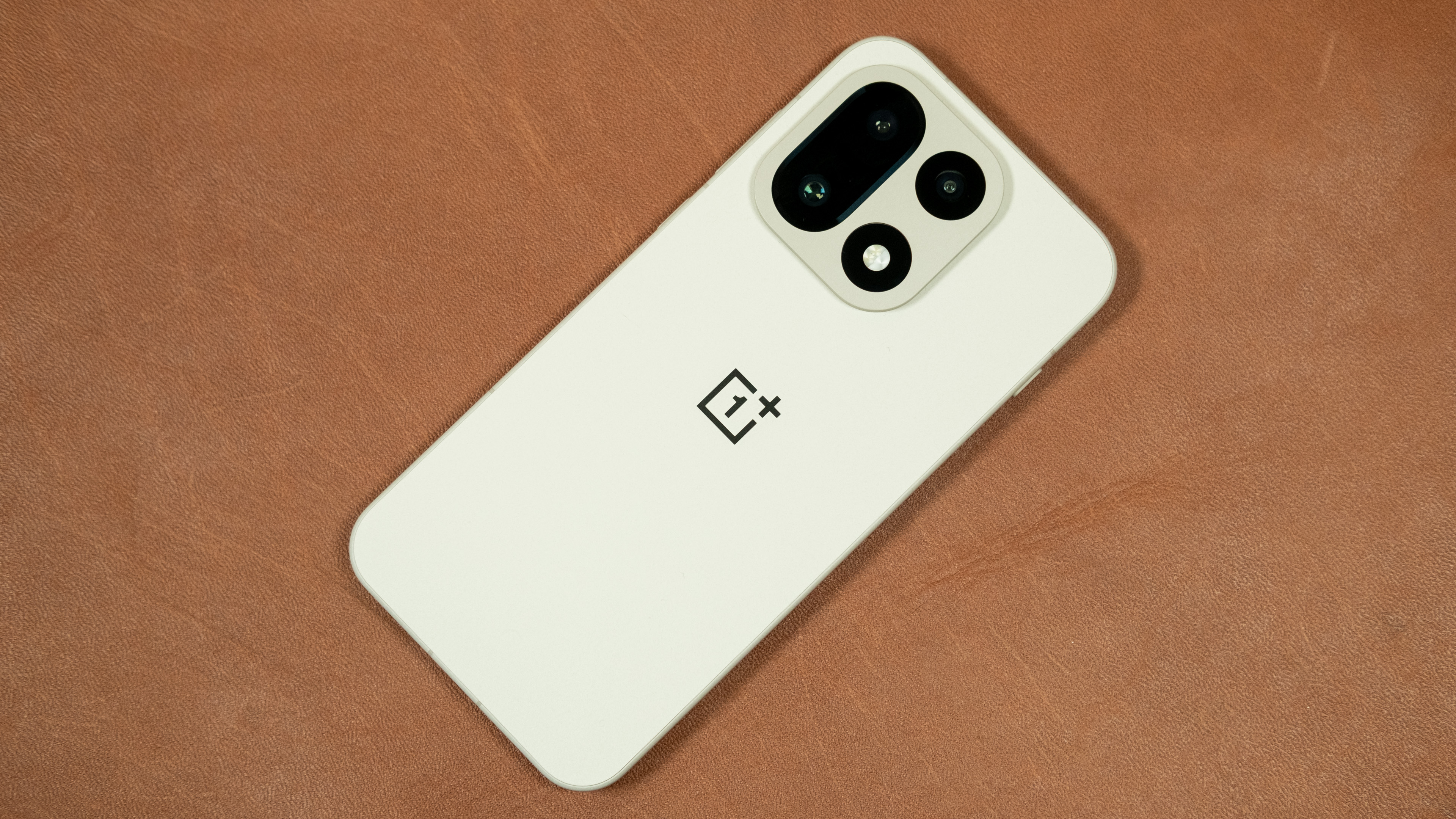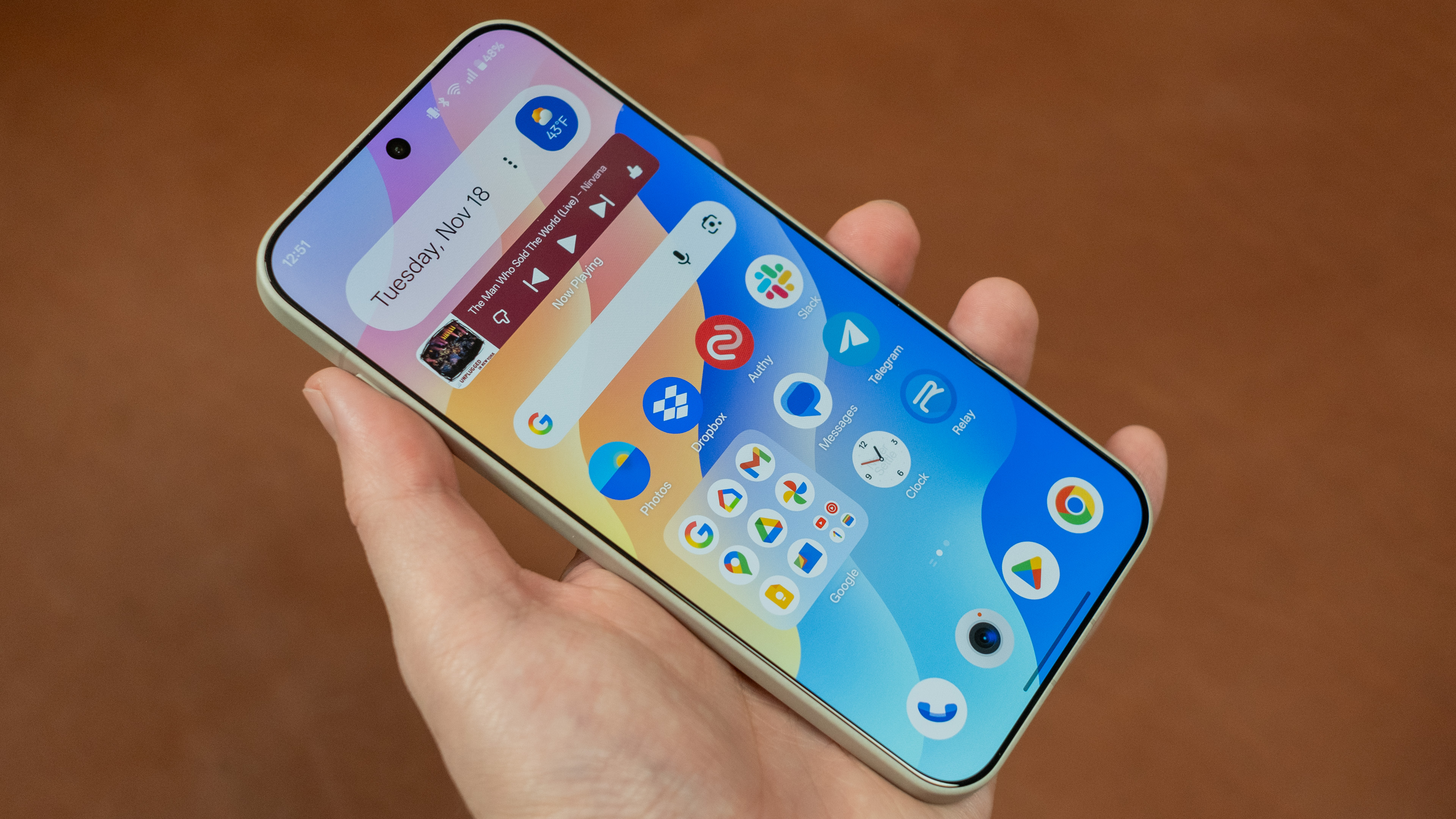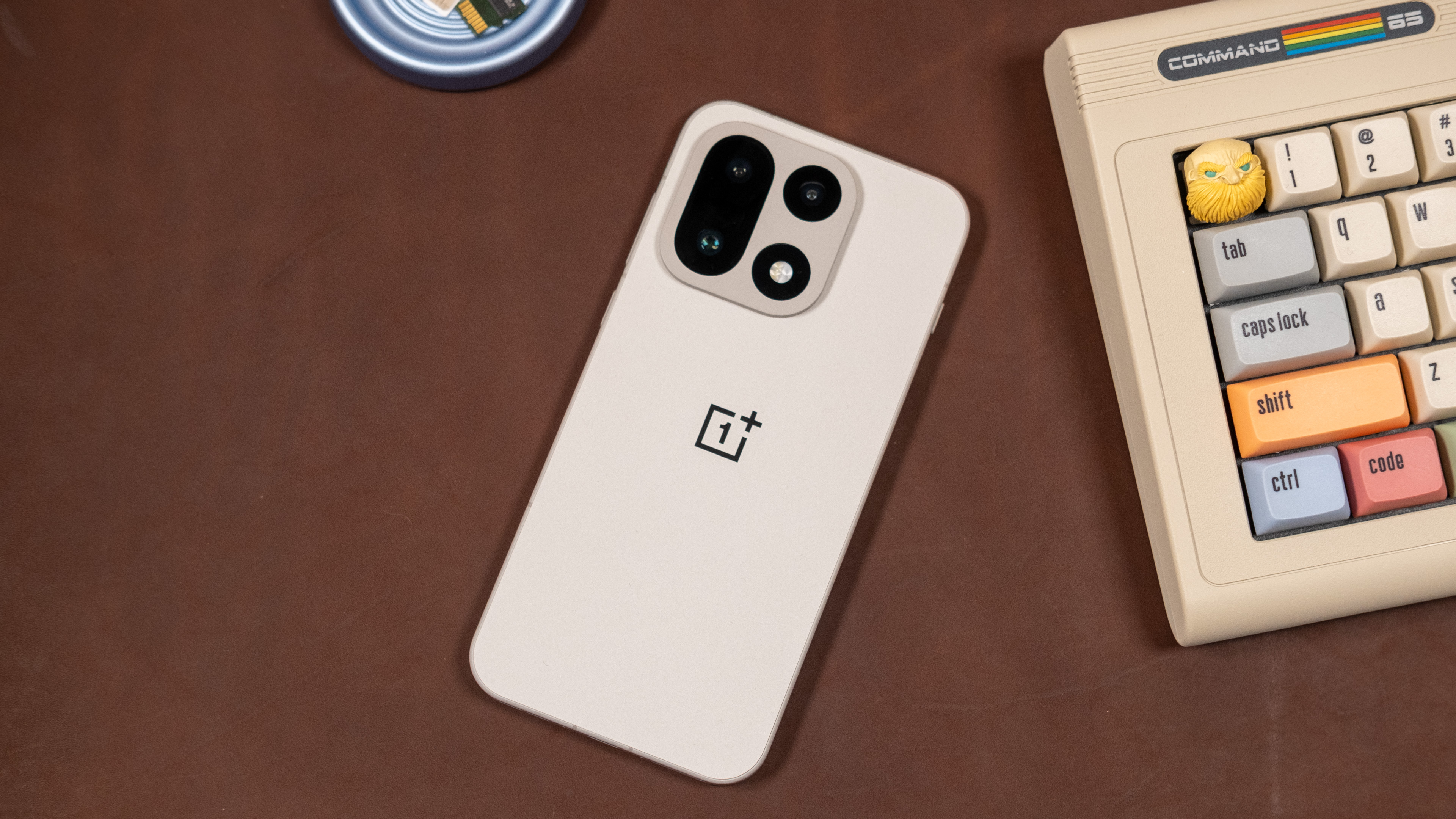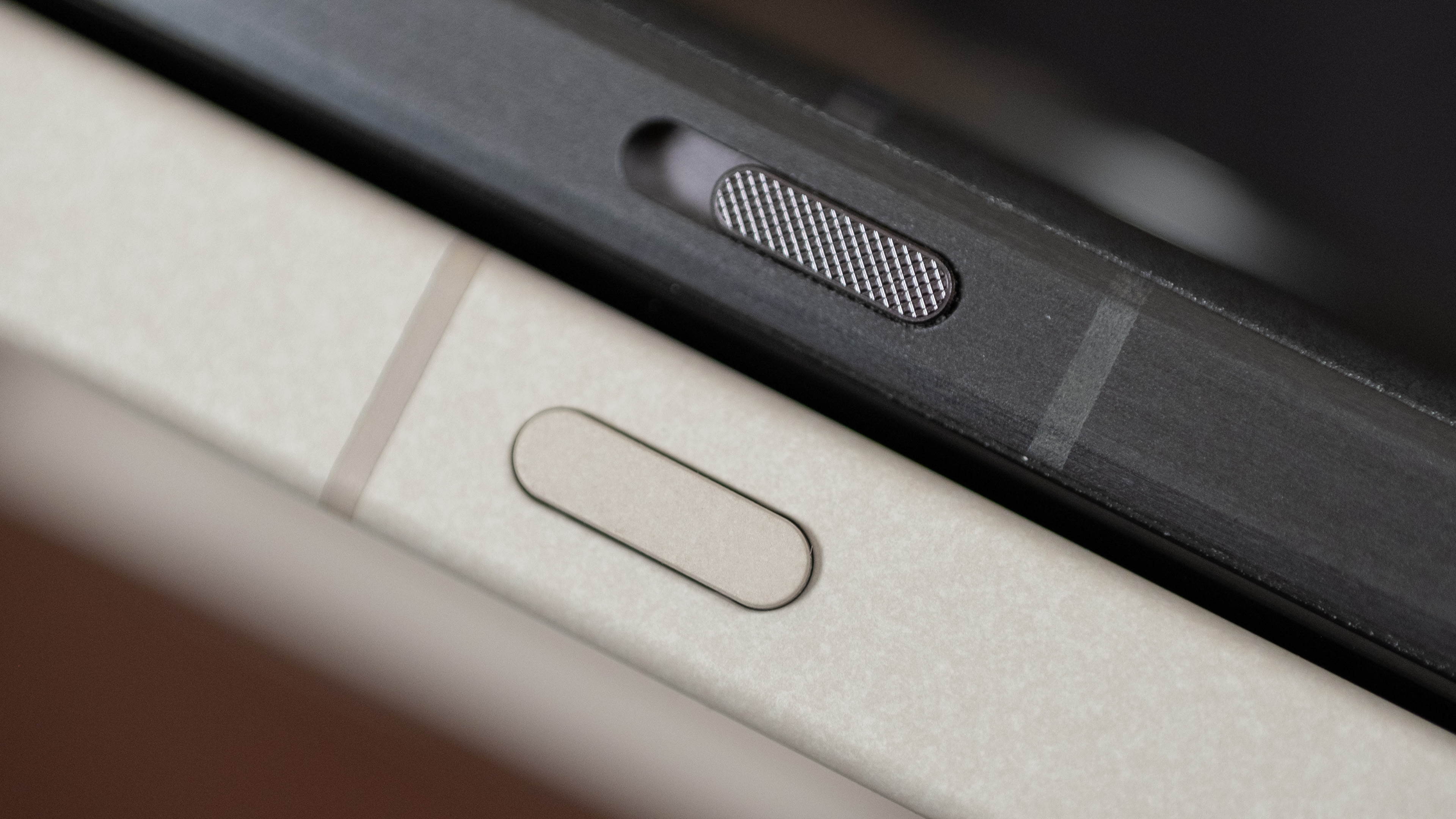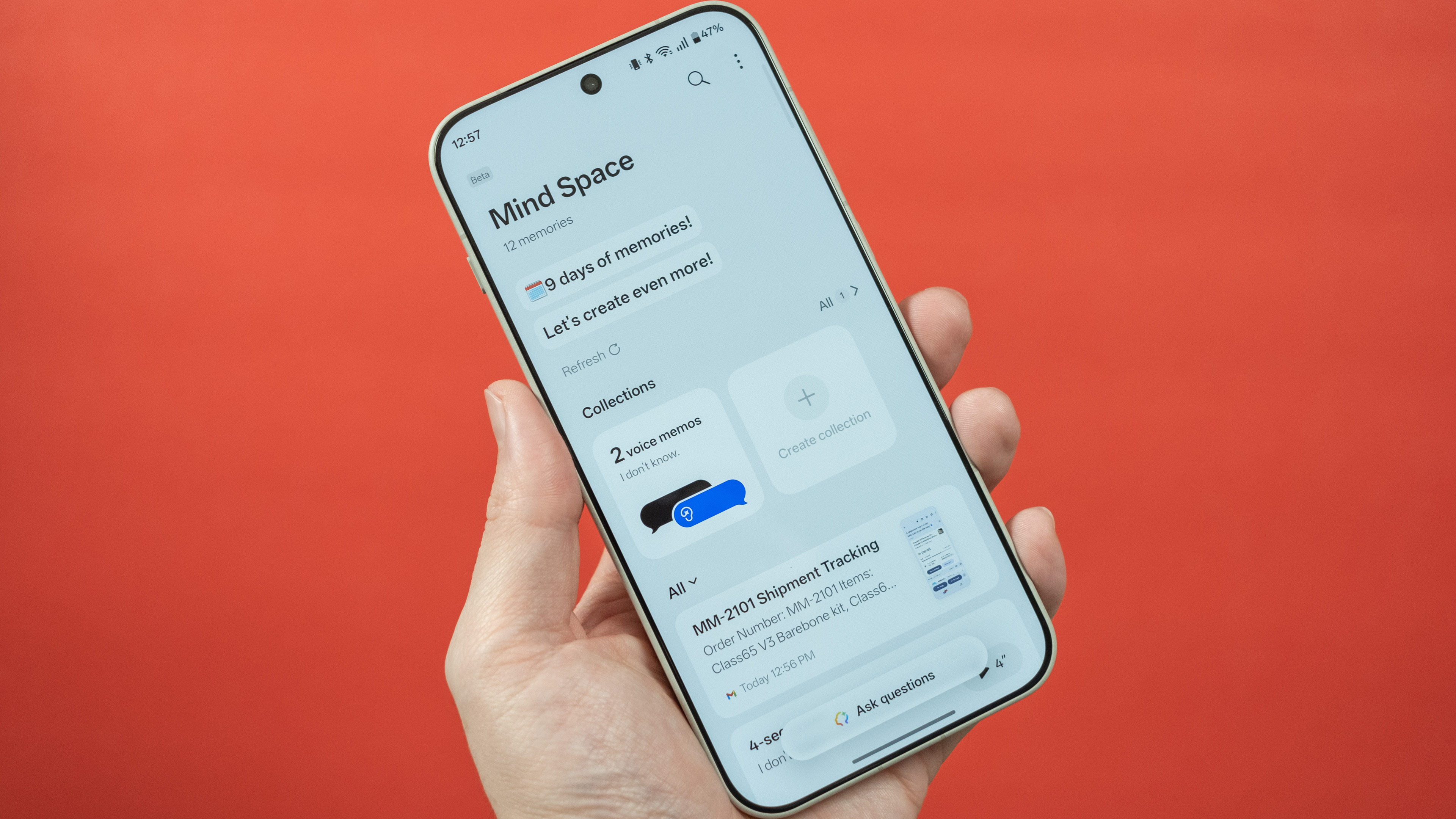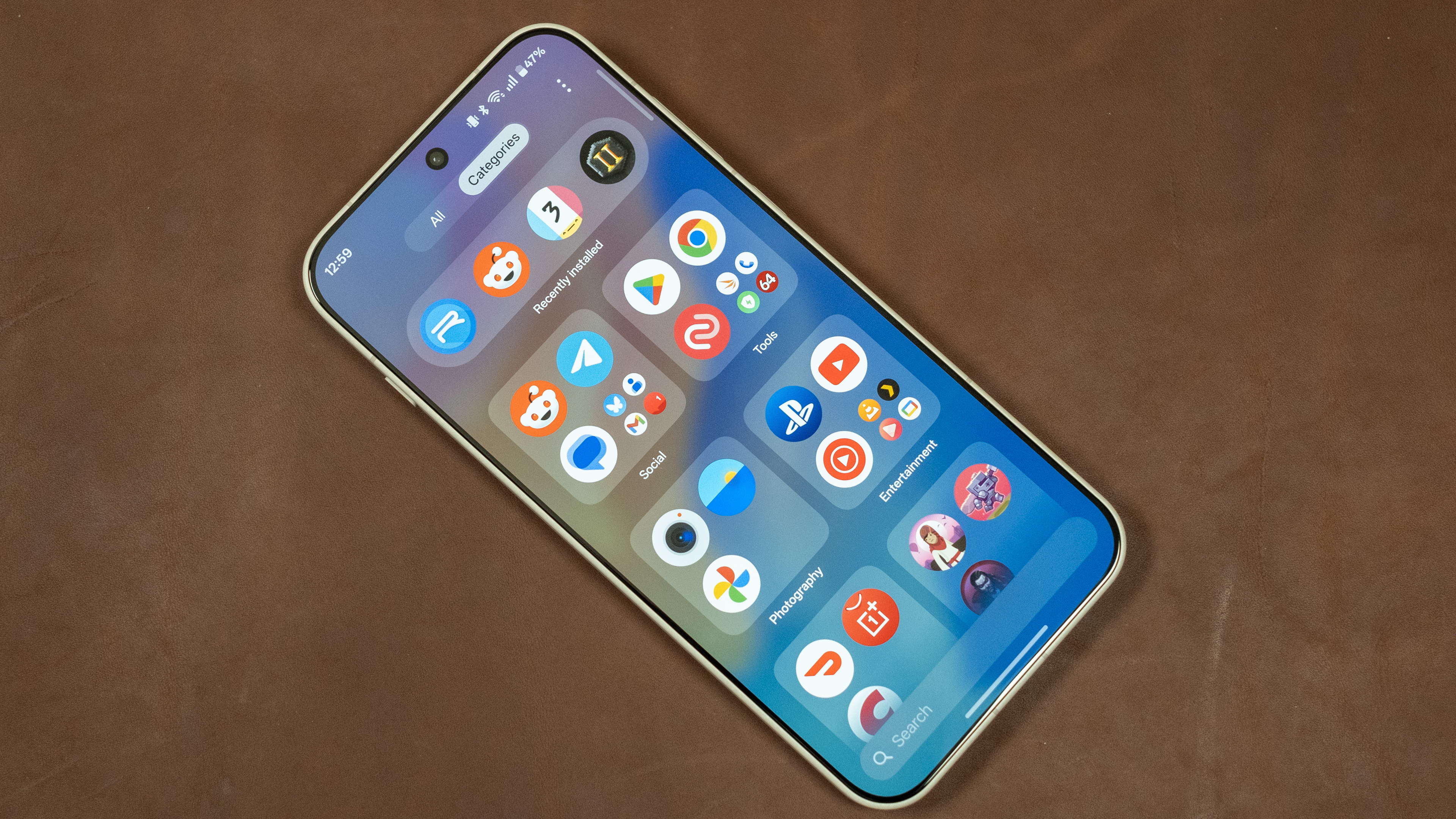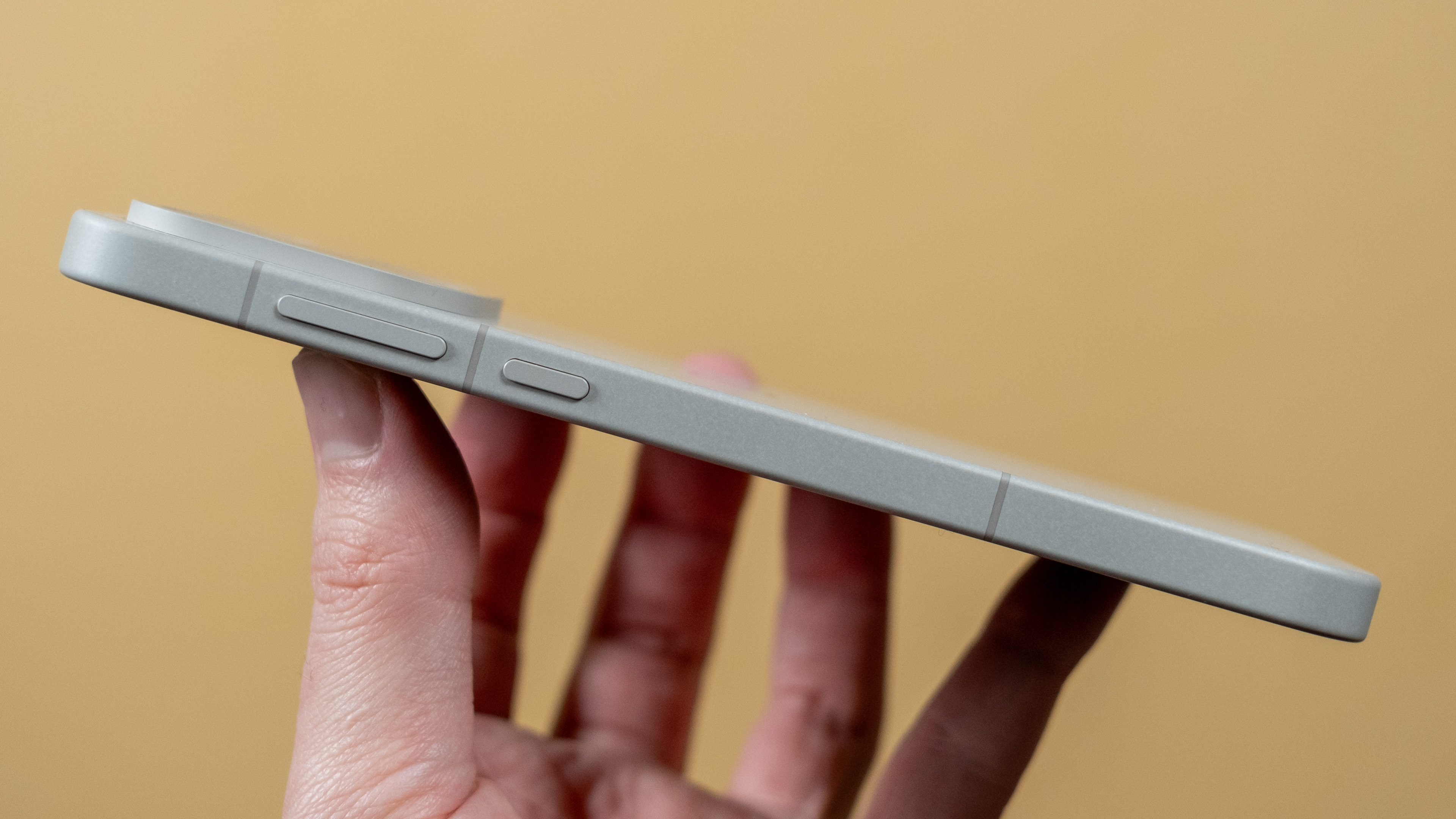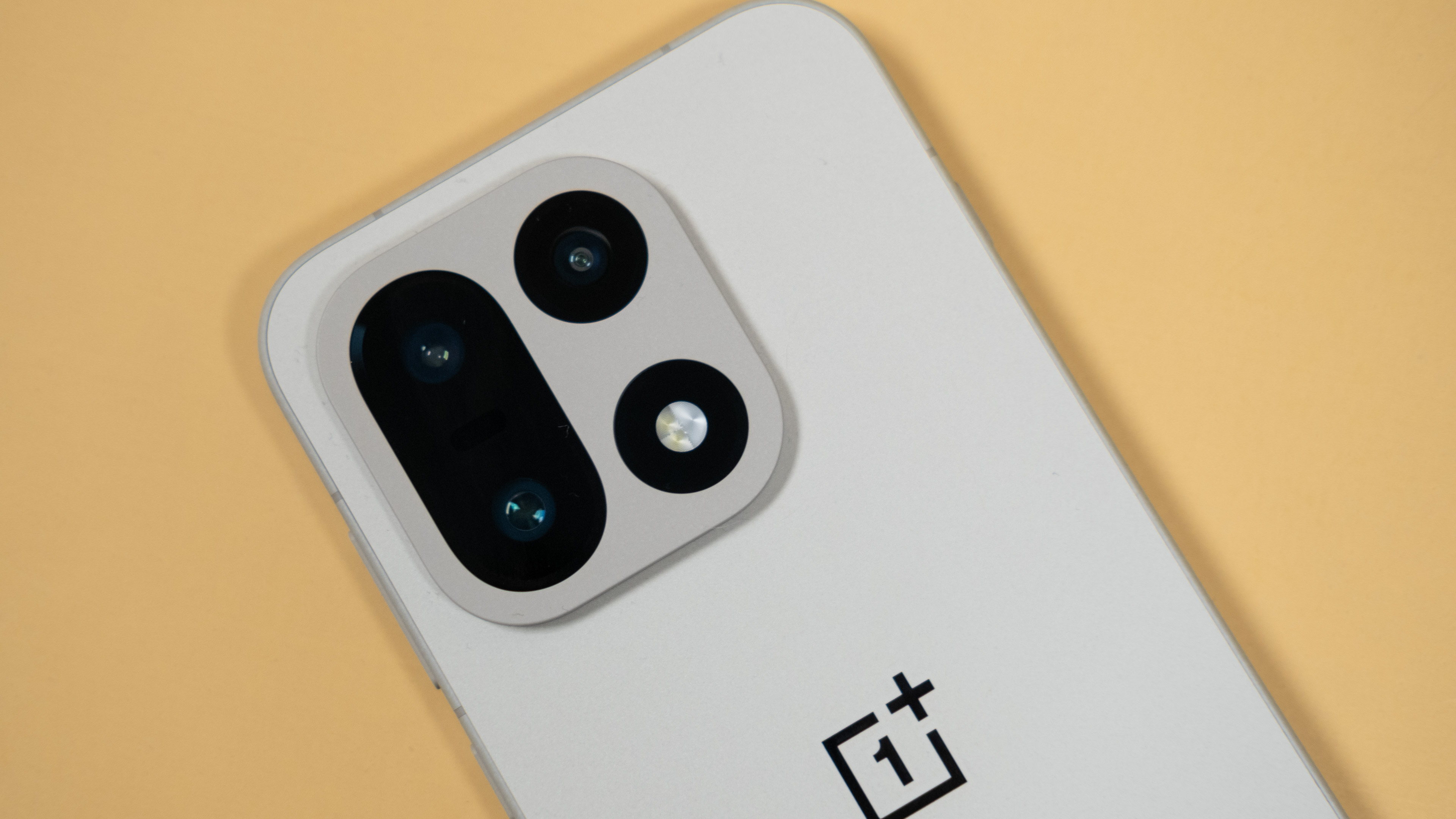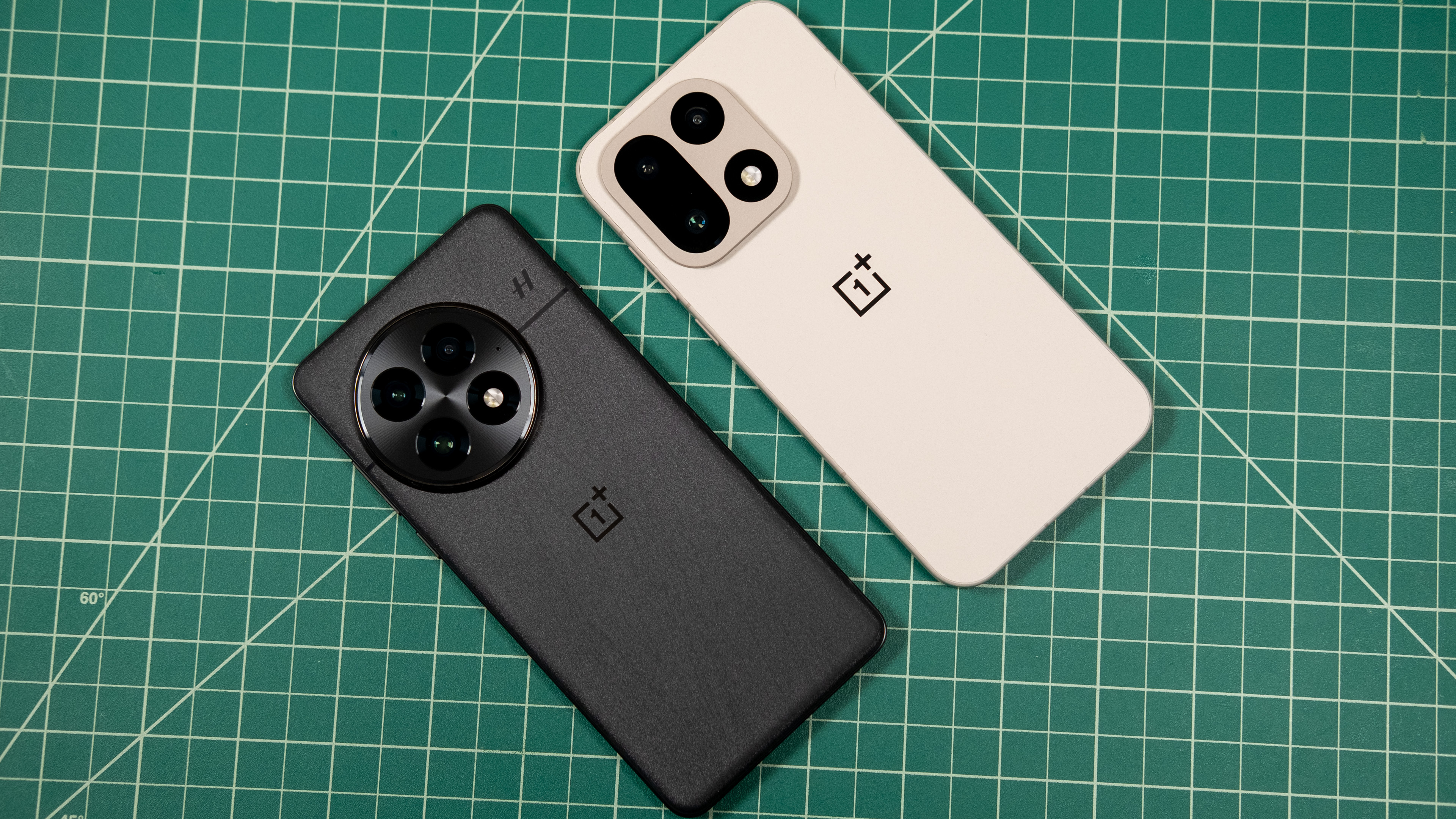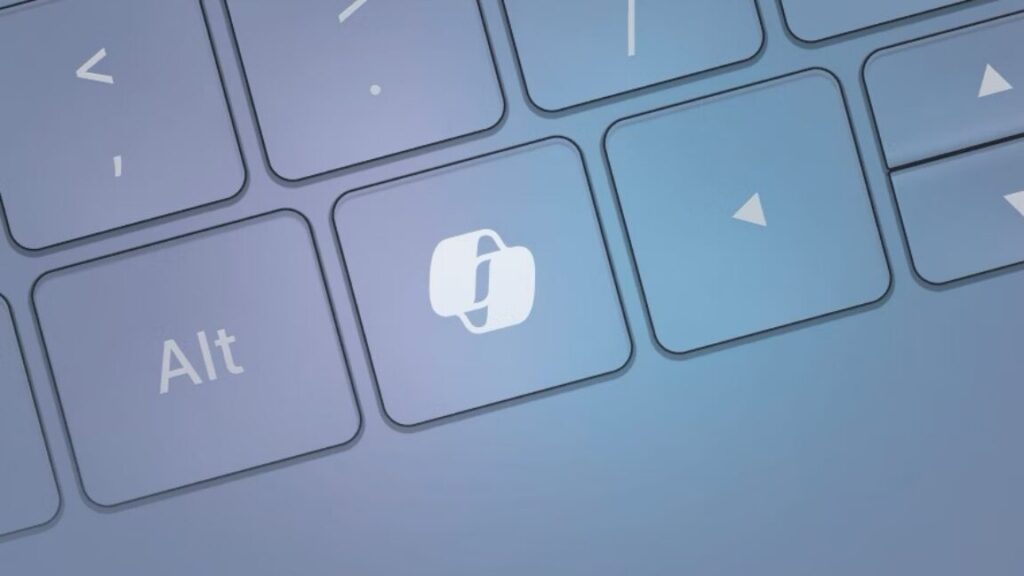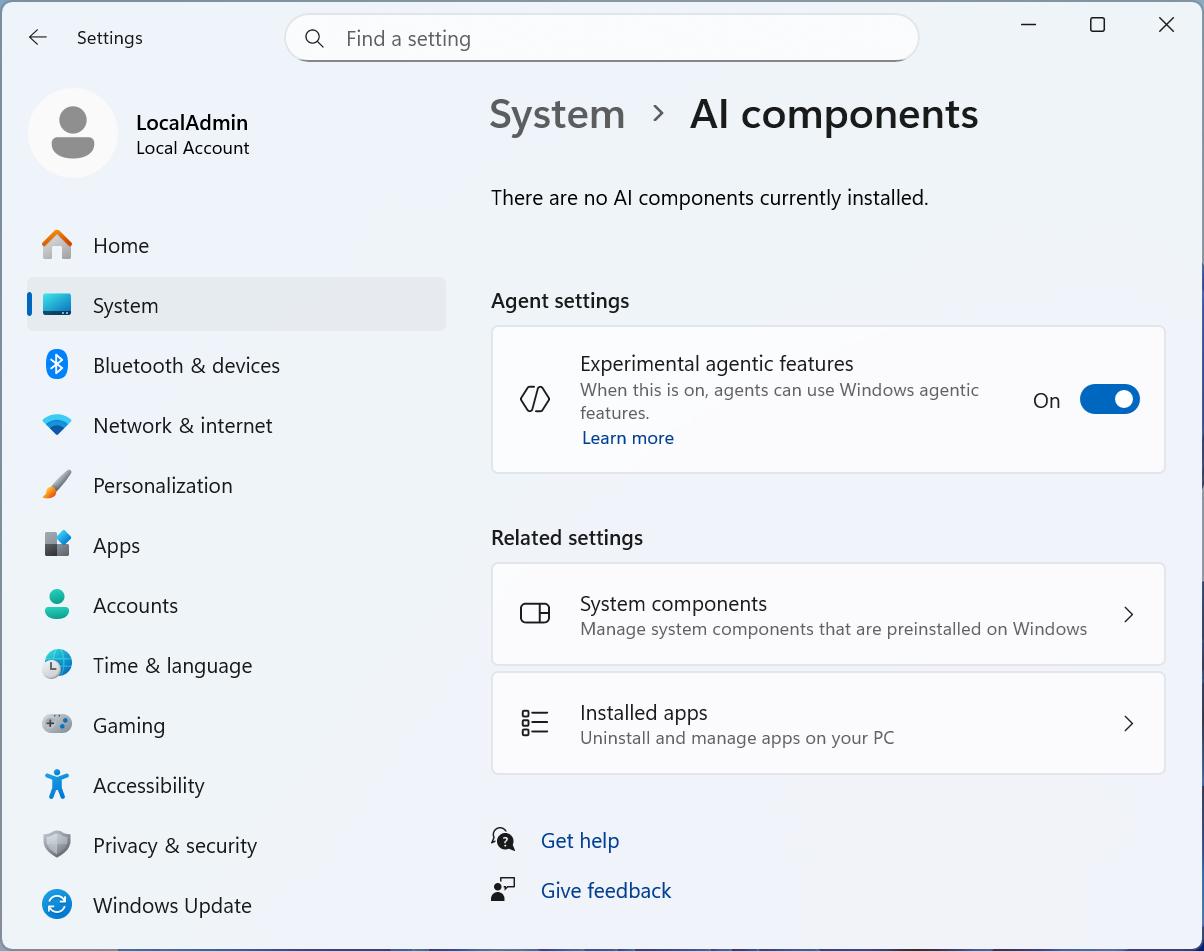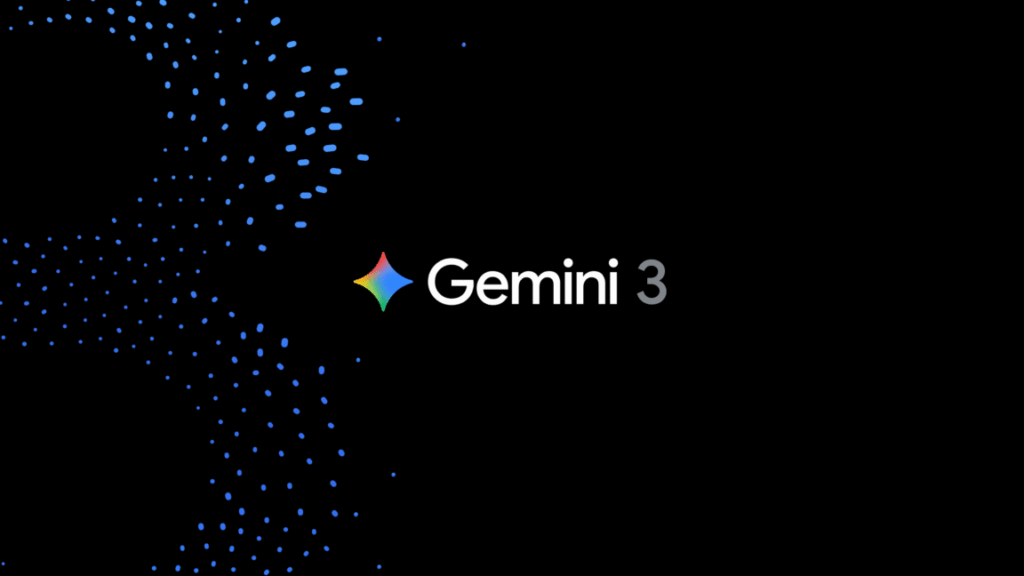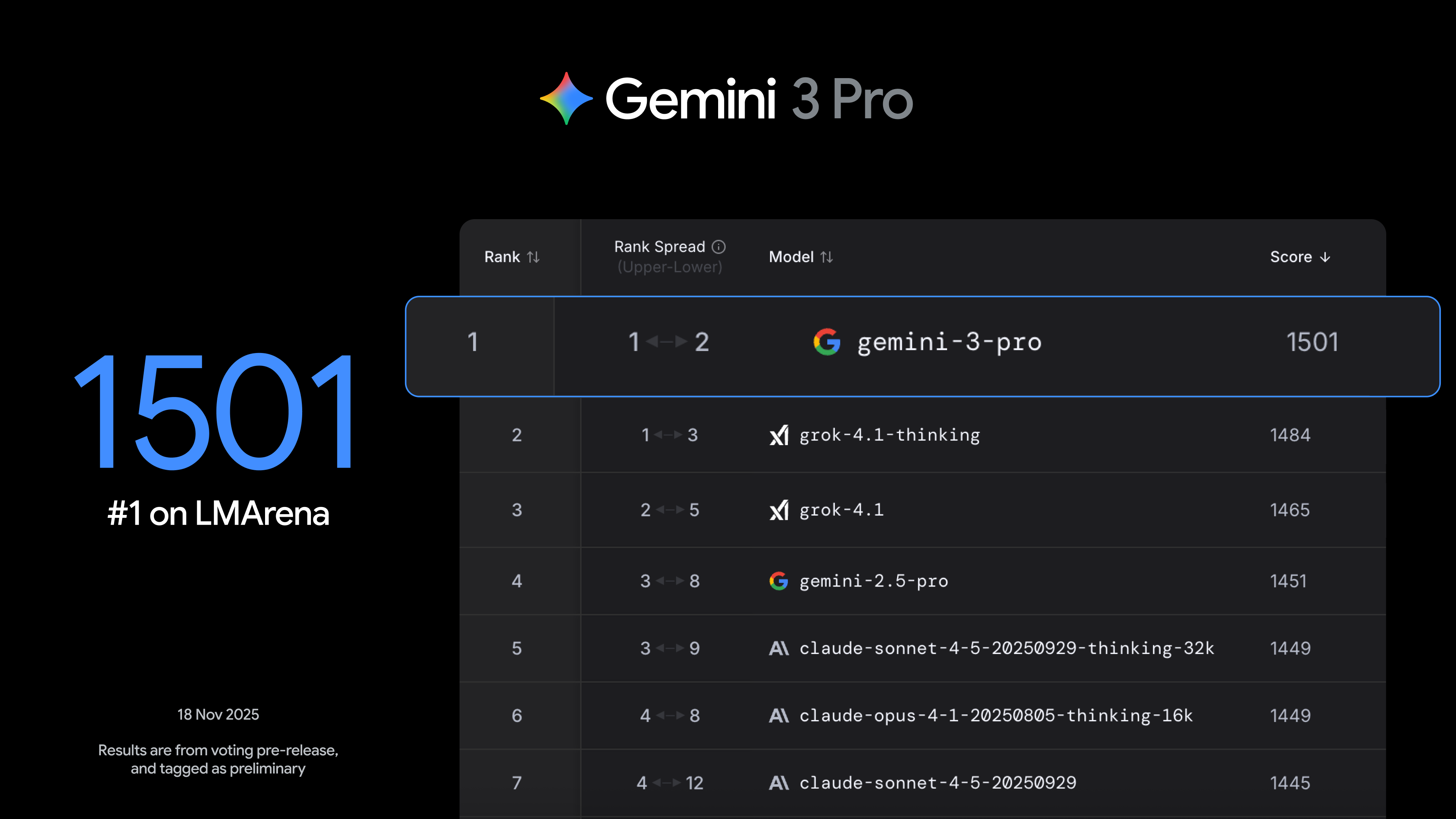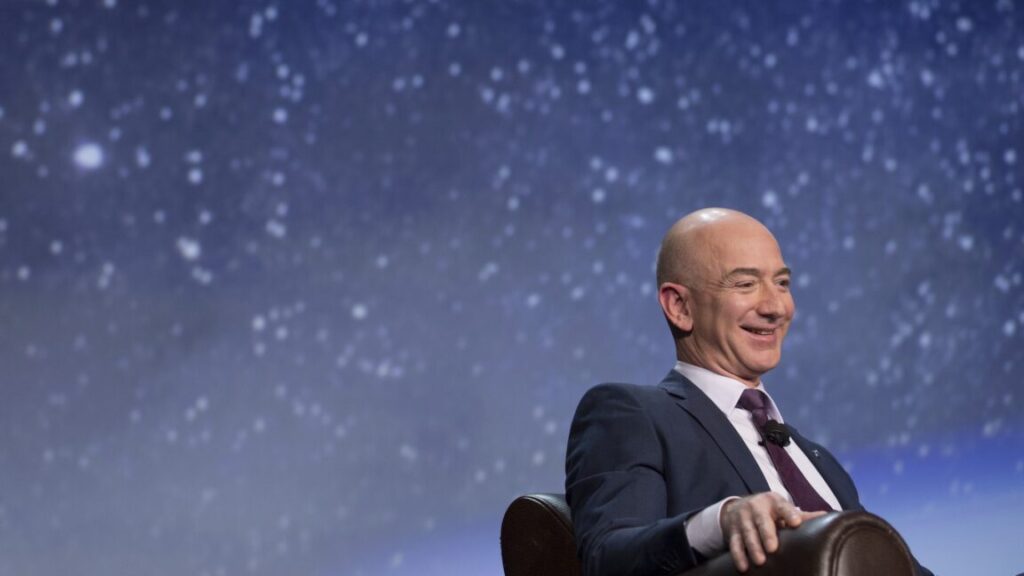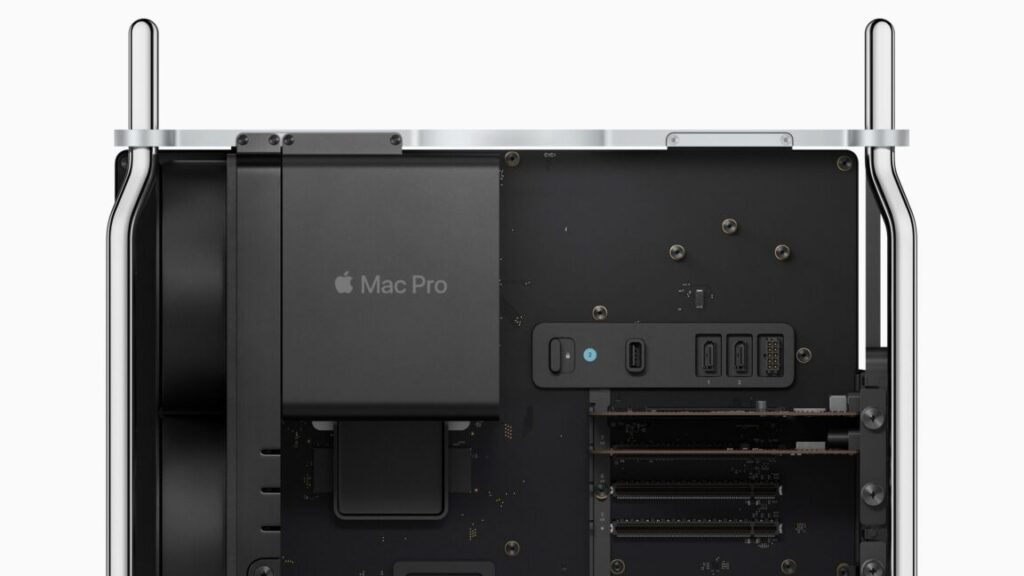HP and Dell disable HEVC support built into their laptops’ CPUs
The OEMs disabling codec hardware also comes as associated costs for the international video compression standard are set to increase in January, as licensing administrator Access Advance announced in July. Per a breakdown from patent pool administration VIA Licensing Alliance, royalty rates for HEVC for over 100,001 units are increasing from $0.20 each to $0.24 each in the United States. To put that into perspective, in Q3 2025, HP sold 15,002,000 laptops and desktops, and Dell sold 10,166,000 laptops and desktops, per Gartner.
Last year, NAS company Synology announced that it was ending support for HEVC, as well as H.264/AVC and VCI, transcoding on its DiskStation Manager and BeeStation OS platforms, saying that “support for video codecs is widespread on end devices, such as smartphones, tablets, computers, and smart TVs.”
“This update reduces unnecessary resource usage on the server and significantly improves media processing efficiency. The optimization is particularly effective in high-user environments compared to traditional server-side processing,” the announcement said.
Despite the growing costs and complications with HEVC licenses and workarounds, breaking features that have been widely available for years will likely lead to confusion and frustration.
“This is pretty ridiculous, given these systems are $800+ a machine, are part of a ‘Pro’ line (jabs at branding names are warranted – HEVC is used professionally), and more applications these days outside of Netflix and streaming TV are getting around to adopting HEVC,” a Redditor wrote.
HP and Dell disable HEVC support built into their laptops’ CPUs Read More »

